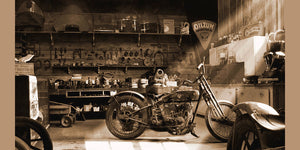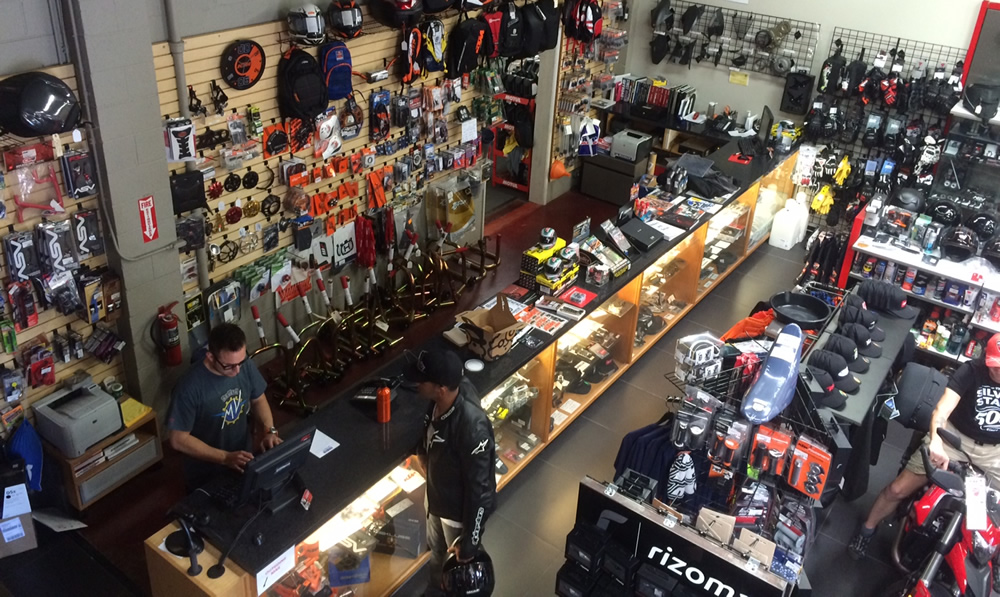Release Efficiency with Premium Motox Parts NZ Available Below
Release Efficiency with Premium Motox Parts NZ Available Below
Blog Article
Recognizing the Crucial Parts of a Motorcycle: A Comprehensive Overview for Enthusiasts
For motorcycle enthusiasts looking to boost their riding experience and guarantee their bikes run smoothly, understanding the necessary components of a bike is critical. Each aspect, from the engine's intricate functions to the critical duty of the stopping devices, not just impacts efficiency however likewise security and comfort.
Engine Components

The camshaft plays an important role in managing the timing of the engine's valves, making sure the precise opening and closing required for efficient gas and air consumption, in addition to exhaust expulsion. This timing is critical to preserving optimum engine performance and effectiveness. In addition, the carburetor or fuel injection system, relying on the motorbike design, is accountable for mixing air with gas in the proper ratio for combustion.
The air conditioning system, either air or liquid-based, works to preserve the engine's temperature level within operational limitations, protecting against overheating and making sure long life - mx parts nz. Each component, meticulously developed and integrated, adds to the smooth operation of the engine, defining the motorcycle's power result and general performance
Transmission System
Important to the motorbike's functionality, the transmission system ensures effective power transfer from the engine to the wheels. This system consists of a number of critical elements, consisting of the clutch, transmission, and final drive, each playing a crucial function in equating the engine's power into activity. The clutch, usually operated by a hand bar, offers to disengage the engine and engage from the transmission, allowing for smooth gear adjustments and controlled acceleration.
The gearbox, often referred to as the transmission proper, has a collection of equipments that cyclists can manually move through to change the bike's speed and torque output. These gears are set up in a series that enables the motorbike to accelerate efficiently and preserve ideal engine performance throughout different speeds. The majority of bikes use a consecutive gearbox, requiring the rider to shift gears in a fixed order.
Braking Devices
While comprehending the transmission system is vital to using a motorcycle's power, equally important is the capability to manage and quit that power effectively, which is where stopping systems come into play. Brakes are vital for safety and security and efficiency, supplying the biker with the necessary control to browse numerous surfaces and problems. Usually, motorcycles include two kinds of stopping systems: disc brakes and drum brakes.
Disc brakes are much more widespread in contemporary bikes because of their superior efficiency. They contain a brake disc, caliper, and pads. When triggered, the caliper squeezes the brake pads against the rotating disc, converting kinetic energy right into heat, consequently slowing the wheel. This system uses far better heat dissipation, constant efficiency, and enhanced riding bags for motorcycle stopping power, especially in wet problems.
Conversely, drum brakes, though less typical, are still located in some motorcycles. They work by pushing brake footwear versus the internal surface area of a drum attached to the wheel. While normally much less reliable in heat dissipation and stopping power, drum brakes are easier and extra cost-effective.
Comprehending these stopping systems' subtleties permits cyclists to preserve their motorcycles correctly and appreciate the design that makes sure secure and reliable stopping.
Suspension and Steering
Suspension and guiding systems are crucial parts that significantly affect a bike's handling buy riding jacket and ride convenience. The shock absorber, being composed of forks at the front and shock absorbers at the back, soaks up roadway irregularities, improving stability and control. Front forks, usually telescopic or inverted, compress and rebound to minimize effects, while rear shock absorbers keep tire call with the road, crucial for grip and safety and security.
Guiding, centered around the handlebars, attaches the cyclist to the bike's directional control. The steering head bearings ensure smooth operation, allowing specific ability to move. Correct placement and maintenance of these bearings are vital for predictable guiding feedback and lowering rider fatigue.
The suspension's adjustability is another essential facet; preload, damping, and rebound settings allow modification to fit various riding designs and conditions. This flexibility is necessary for enhancing efficiency, whether navigating urban roads or tackling sturdy tracks. Innovations like digital suspension systems supply real-time modifications, enhancing experience quality throughout diverse surfaces.

Electric Equipments
After making certain a smooth and controlled ride via efficient suspension and steering systems, interest turns to the electrical systems, a crucial aspect of contemporary bikes. These systems play an important duty not only in starting the engine however additionally in powering various elements that improve the capability and safety of the motorbike.
At the heart of a motorbike's electric system is the battery, which shops electrical energy required for beginning the engine and powering supporting systems - motorcycle parts nz. The generator or generator, coupled with the rectifier-regulator, guarantees the battery stays charged while the motorbike is in procedure, transforming power into electrical energy and preserving voltage levels
The ignition system, one more important part, is in charge of igniting the air-fuel mixture in the engine's cylinders. Modern motorcycles often utilize an electronic ignition system, providing higher effectiveness and dependability compared to conventional systems.
Lighting systems, including fronts lights, tail lights, and indications, are likewise crucial, making sure exposure and safety for the biker. Additional digital elements such as sensors, control units, and presents add to advanced functions like fuel shot monitoring, anti-lock stopping systems (ABDOMINAL), and digital control panels, further enhancing the riding experience.
Verdict
A thorough understanding of a motorcycle's essential components, including the engine, transmission system, stopping mechanisms, suspension, steering, and electrical systems, is crucial for enthusiasts aiming to optimize performance, security, and convenience. Proficiency of these components permits educated decisions relating to upkeep and upgrades, ultimately improving the riding experience. By incorporating this knowledge, motorcyclists can guarantee their motorcycles operate at peak performance and reliability, thus taking read review full advantage of both satisfaction and longevity of their cars.
For motorbike fanatics looking to boost their riding experience and ensure their bikes run smoothly, comprehending the crucial components of a motorbike is vital.Indispensable to the bike's performance, the transmission system makes sure reliable power transfer from the engine to the wheels.While comprehending the transmission system is vital to harnessing a motorcycle's power, equally essential is the capability to manage and stop that power successfully, which is where stopping systems come right into play. Commonly, bikes include 2 kinds of stopping systems: disc brakes and drum brakes.
A detailed understanding of a bike's essential components, consisting of the engine, transmission system, stopping systems, suspension, steering, and electrical systems, is essential for enthusiasts aiming to optimize efficiency, safety and security, and convenience.
Report this page